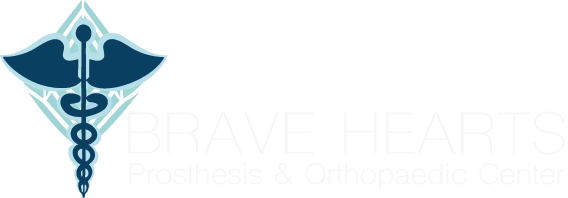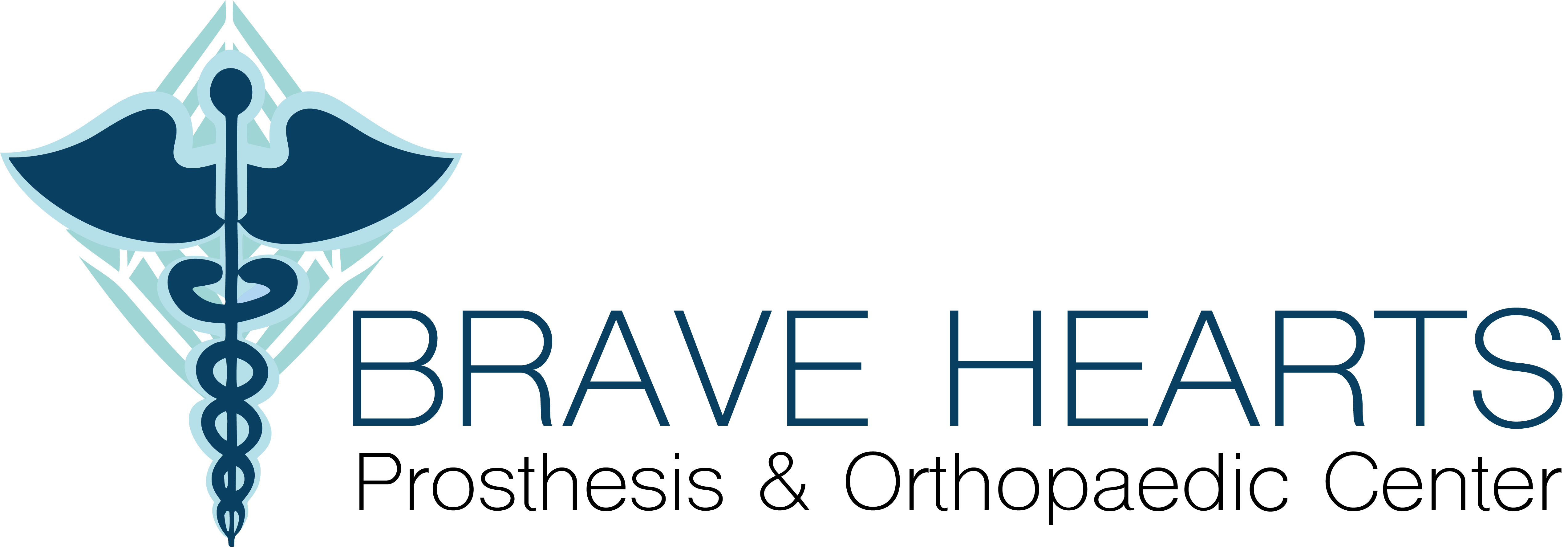- Awesome Services
Departments
- SErvices
Steps in Amputee Physical Rehabilitation
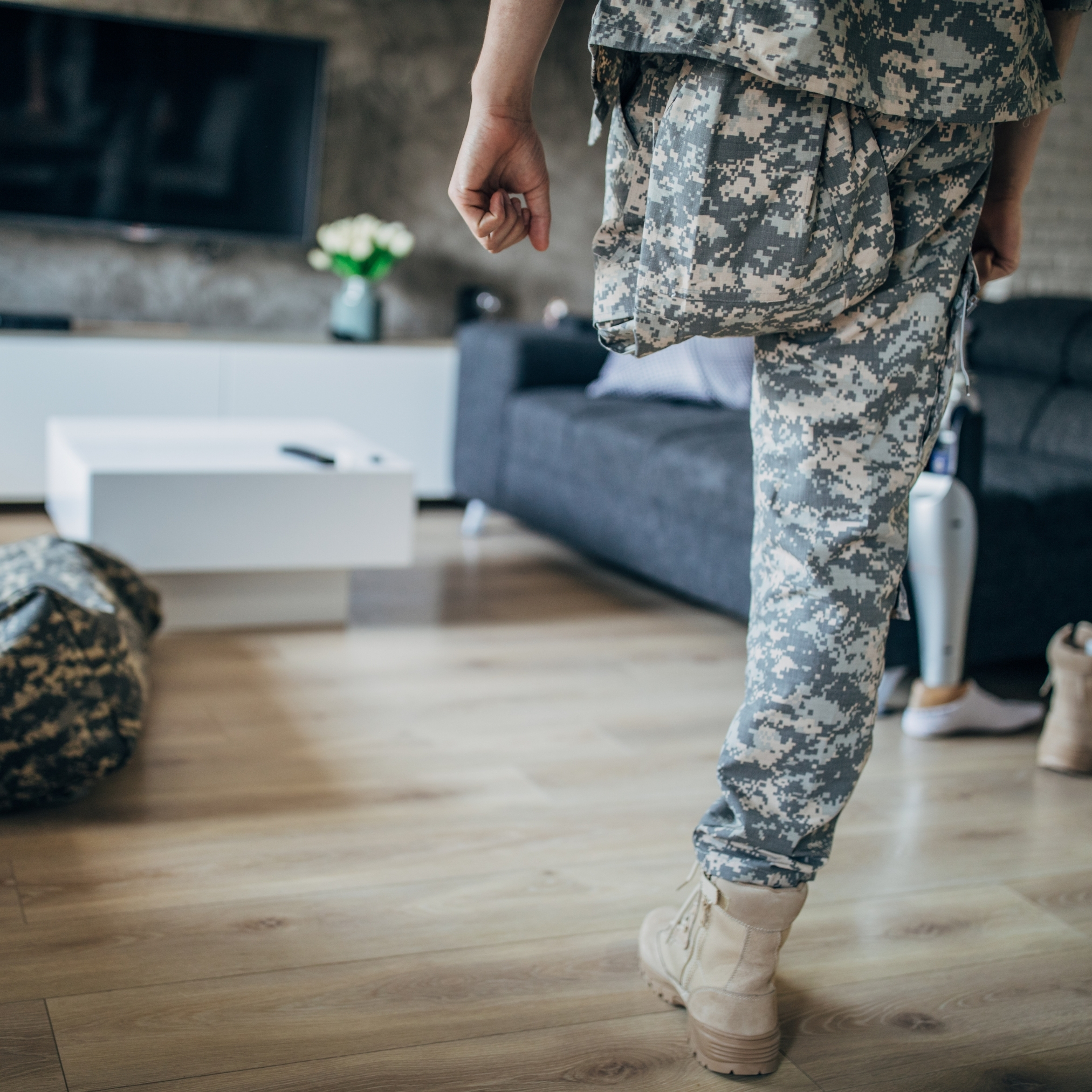
Initial Assessment and Planning
A thorough assessment by a multidisciplinary team, including physical therapists, prosthetists, and physicians, to understand the individual's overall health, amputation level, and specific needs.

Pre-Prosthetic Training
Education on proper stump care, including hygiene, skin care, and the use of compression garments to reduce swelling and prepare the residual limb for prosthetic fitting. Education on proper stump care, including hygiene, skin care, and the use of compression garments to reduce swelling and prepare the residual limb for prosthetic fitting.

Prosthetic Fitting and Training
Collaboration with a prosthetist to choose the appropriate prosthesis based on the individual’s lifestyle, activity level, and needs. Custom fitting and adjustments to ensure the prosthesis is comfortable and functional.

Gait Training
Learning to walk with the prosthesis, starting with parallel bars and progressing to more independent walking. Advanced techniques for walking on different surfaces, navigating stairs, and other complex movements. Use of crutches, canes, or walkers as needed during the initial stages of gait training.

Functional Training
Training to perform everyday tasks such as dressing, bathing, cooking, and other personal care activities using the prosthesis. Occupational therapists work with individuals to adapt their home and work environments, making them more accessible and safe.

Pain Management
Techniques and therapies to manage phantom limb pain, which can include medications, mirror therapy, and other modalities. Addressing any pain in the residual limb through physical therapy, medication, and proper prosthetic fitting.

Vocational Rehabilitation
Assistance with returning to work or finding new employment opportunities that accommodate the individual’s abilities. Training and education to develop new skills or enhance existing ones.
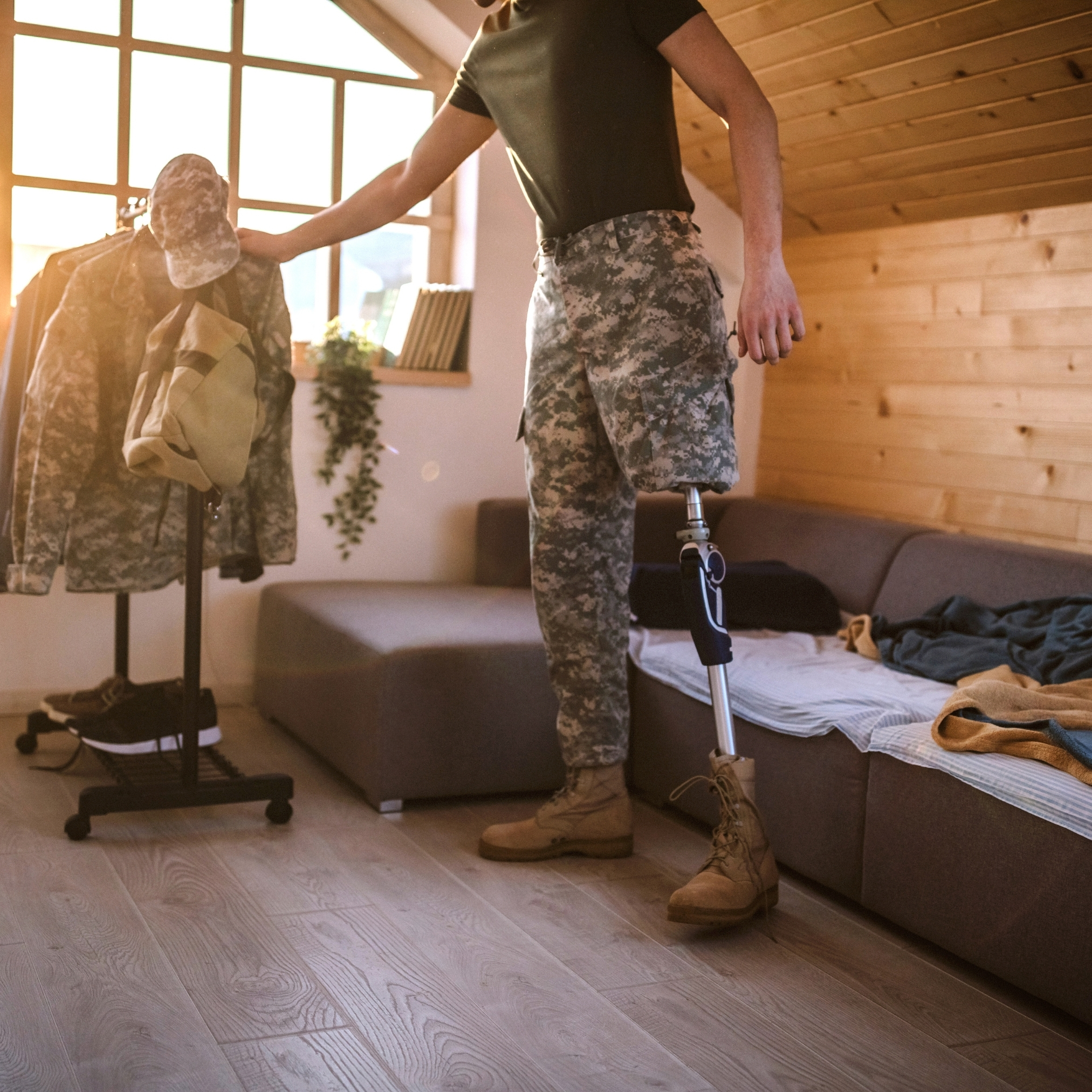
Reintegration and Community Involvement
Encouraging participation in social and recreational activities to enhance quality of life and foster a sense of community.Connecting with other amputees for mutual support and sharing experiences.
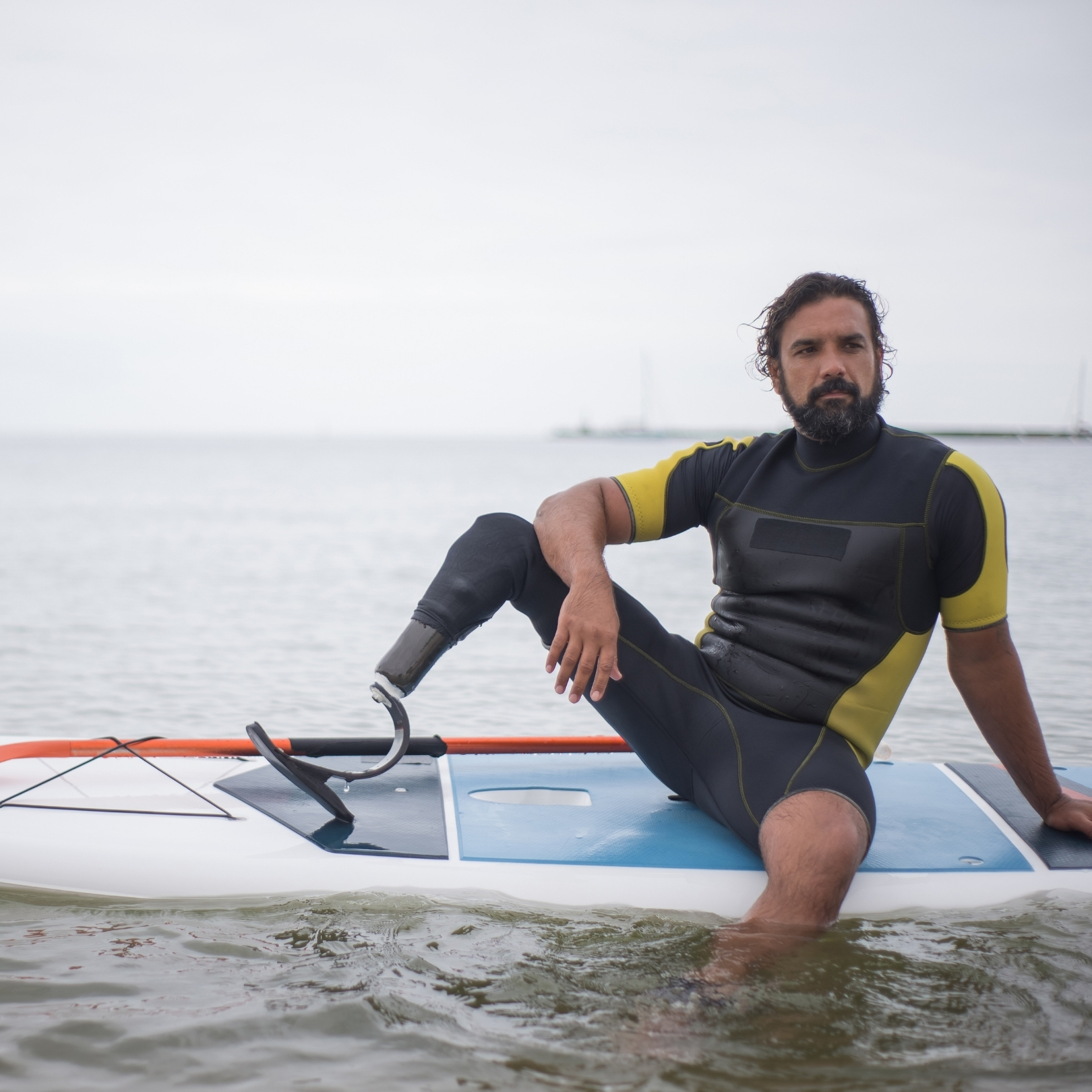
Long-Term Follow-Up
Ongoing follow-up appointments with the rehabilitation team to monitor progress, make necessary adjustments to the prosthesis, and address any new challenges. Periodic physical therapy sessions to maintain and improve strength, mobility, and overall function.
